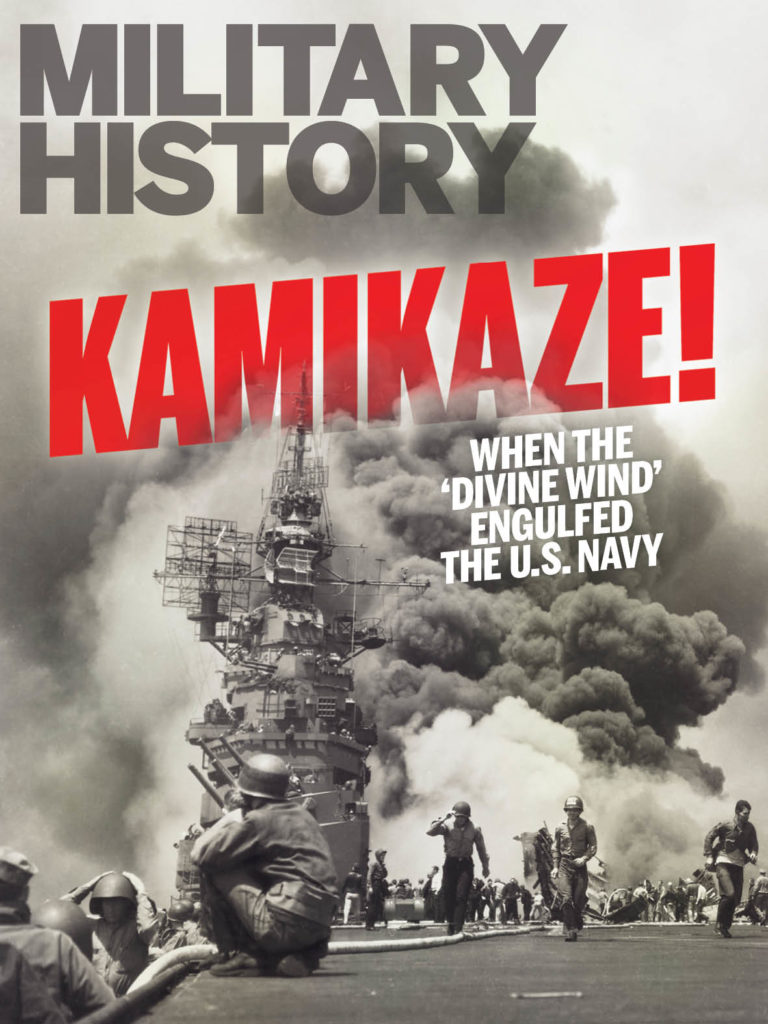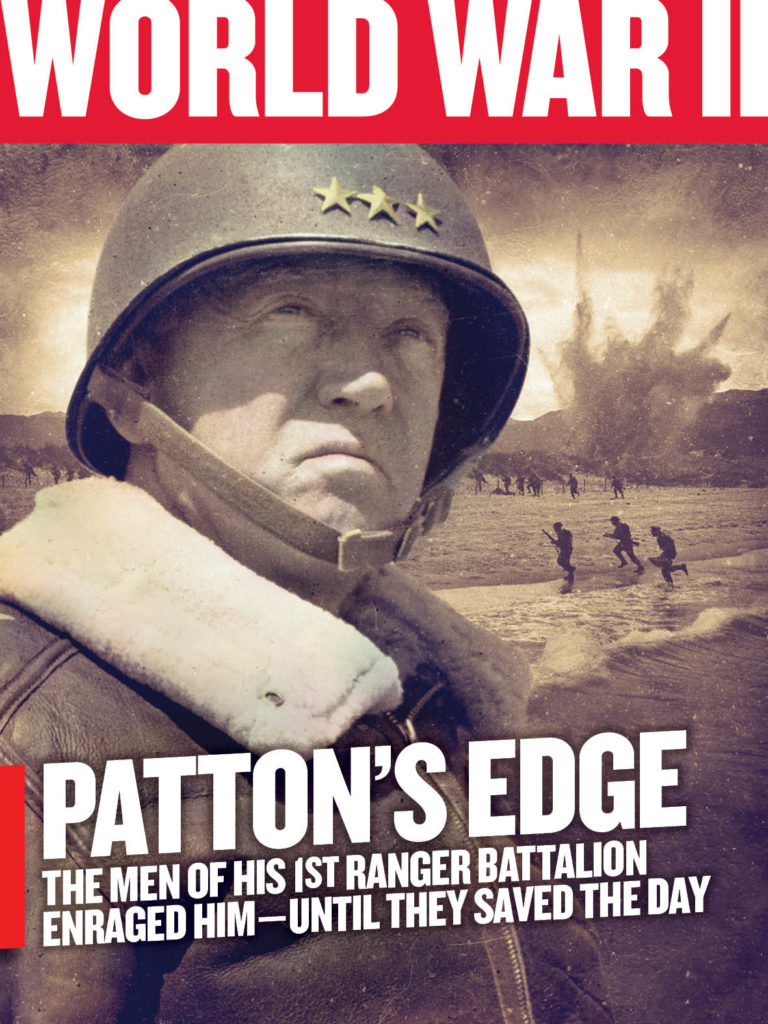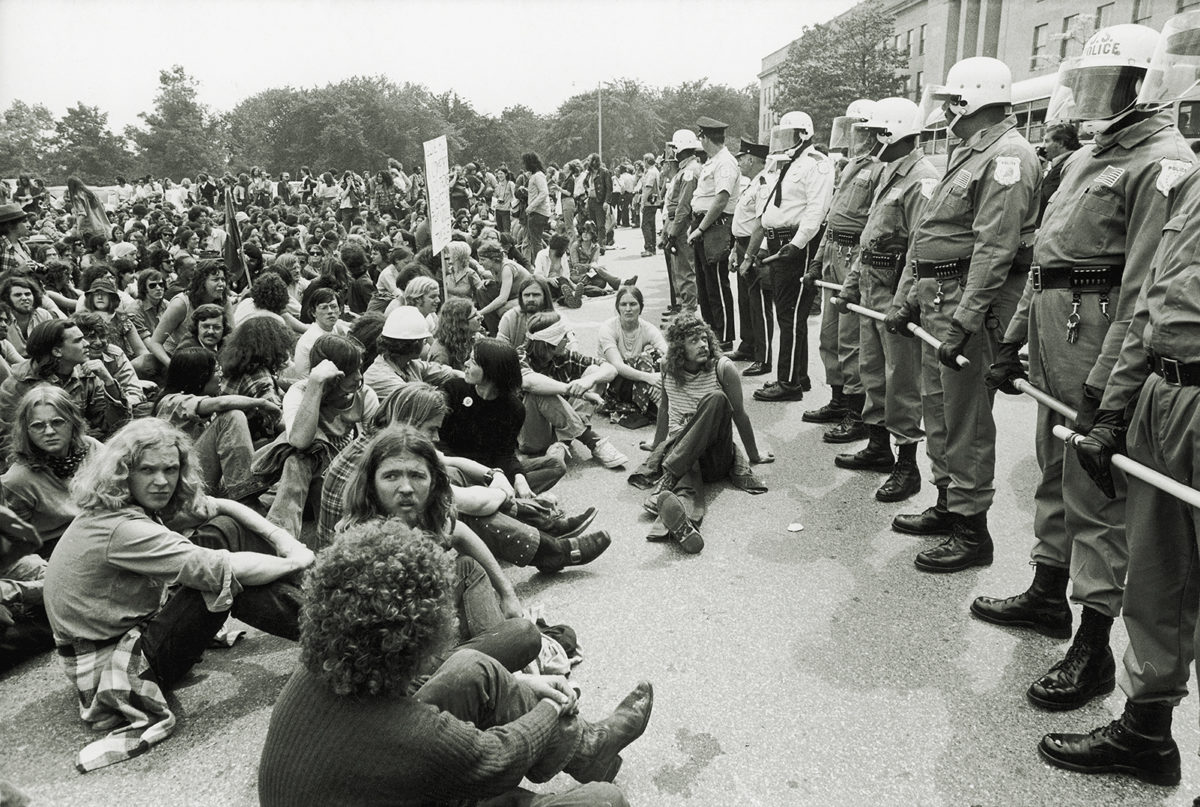If asked, “When did America lose the Vietnam War?” most respondents with some knowledge of the war would likely answer, “April 30, 1975.” That day, North Vietnamese Army tanks crashed through the gates of the Republic of Vietnam’s Presidential Palace in Saigon and celebrated a communist victory in the Second Indochina War (1955-1975). Certainly, that day was the end of the shooting war.
But when exactly did the U.S. and its allies lose their ability to win the war? When did defeat become inevitable in America’s efforts to preserve a democratic South Vietnam in the face of North Vietnam’s relentless, ruthless aggression? The answer to that question is key—determining when America lost reveals how and why the decades-long effort failed.
The “Usual Suspects”
If asked to pinpoint the date when the U.S. irretrievably lost the war, some historians would suggest the following “usual suspects”:
Nov. 2, 1963 – Those recognizing the importance of political leaders’ influence might single out the day when South Vietnamese President Ngo Dinh Diem was killed in a coup. President John F. Kennedy knew of preparations for the coup and his administration supported the overthrow of Diem, who was assassinated in the process. Diem’s murder removed the struggling democracy’s “last, best hope,” as some have called Diem, the only leader whose charisma, popularity, willpower and effectiveness rivaled that of North Vietnamese communist leader Ho Chi Minh.
Nov. 22, 1963 – Some tout Kennedy’s assassination as the date the war was irretrievably lost because they believe he would have kept the U.S. out of Vietnam’s “quagmire” or have beaten the Viet Cong insurgency with U.S. Army Special Forces troops, the “Green Berets,” eschewing a massive buildup of conventional forces. However, those are conjectures rather than certainties.
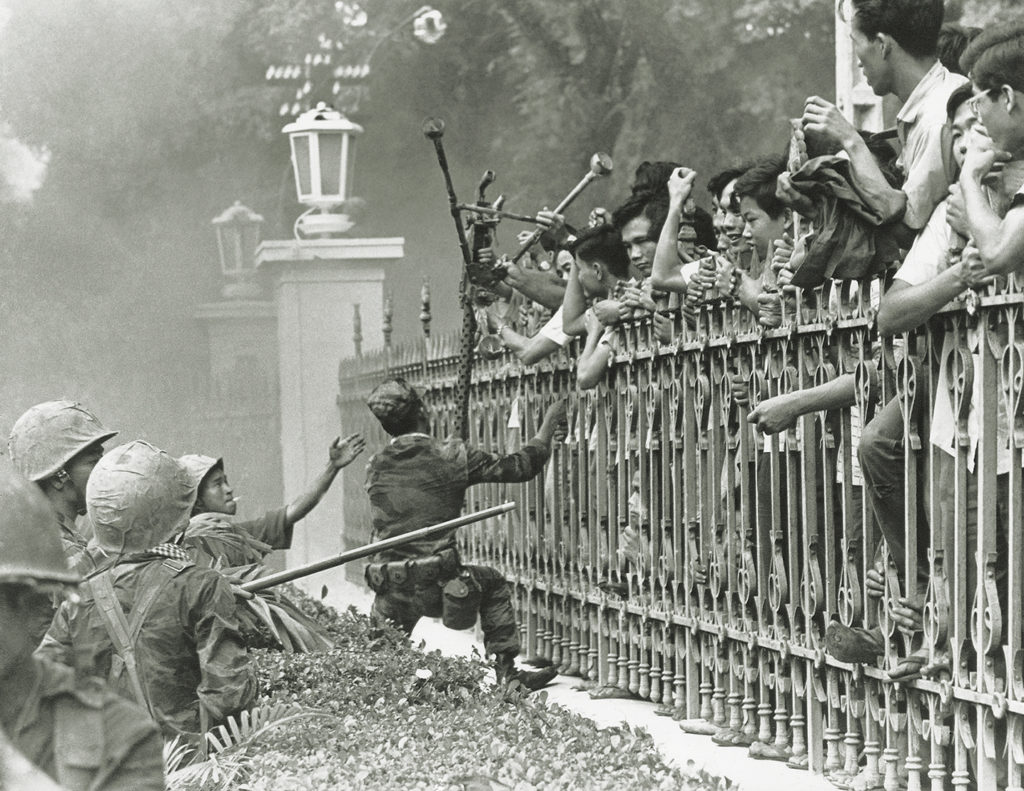
Democrat Kennedy politically could not afford to “lose Vietnam,” especially after another Democratic president, Harry S. Truman, was castigated as the one who “lost China” to Mao Zedong’s communists in 1949. Speculation that Kennedy would not have backed up South Vietnam with whatever U.S. military support was necessary to match Hanoi’s escalation ignores the reality of Cold War politics.
Aug. 1, 1964 – Many are convinced the U.S. lost due to a misguided military strategy that focused too much on overwhelming firepower in a futile conventional war to destroy the communist insurgency through attrition. They believe it would have been more effective to emphasize less brutal methods to win the “hearts and minds” of the South Vietnamese and weaken the Viet Cong’s influence in towns and villages. For people with that view, the fateful date might be the day that Gen. William C. Westmoreland, the leader most closely associated with the attrition strategy, assumed leadership of Military Assistance Command, Vietnam, commanding all U.S. combat forces inside South Vietnam.
Aug. 2 and 4, 1964 – In the Gulf of Tonkin incident, North Vietnamese gunboats attacked a U.S. destroyer that suffered just one bullet hole. Two days later, two destroyers fired in the direction of signals that appeared to be emanating from approaching North Vietnamese vessels, but were not. These alleged “attacks” prompted an Aug. 7 joint congressional resolution authorizing President Lyndon B. Johnson “to take all necessary measures to repel any armed attack against the forces of the United States and to prevent further aggression.” This gave Johnson permission to escalate the smoldering insurgency into a full-blown and—many historians have claimed—ultimately unwinnable war.
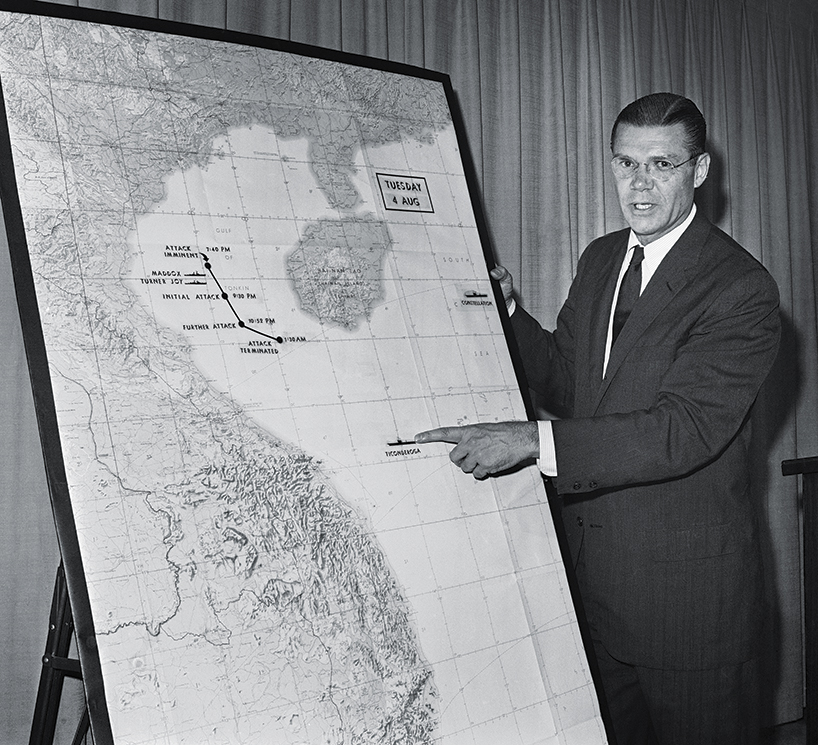
March 8, 1965 – Those believing that the introduction of U.S. “boots on the ground” was the fatal mistake might champion the date when the 9th Marine Regiment, 9th Expeditionary Brigade, 3rd Marine Division, came ashore at Da Nang as America’s first combat troops in Vietnam. From that point, the U.S. was “all in” and the quagmire became inevitable, some would argue.
The Long View
Historians placing Vietnam within the context of the global Cold War might take a longer view that pushes a presumed foreordained U.S. failure further back in history. They might suggest these key historical mileposts:
June 1924 – Nguyen Sinh Cung (Ho Chi Minh’s birth name) was rebuffed in 1919 when he pleaded Vietnam’s case for independence from colonial ruler France at the Versailles peace conference after World War I. Shunned by Western powers, he became a committed communist. That month he attended the Fifth Congress of the Soviet-led Comintern (Communist International) in Moscow. Thereafter radicalized into much more than a “Vietnamese nationalist,” Ho Chi Minh cleverly manipulated Vietnamese popular support for independence to propel his single-minded effort to establish a communist Vietnam.
Sept. 22, 1940 – Imperial Japanese forces occupied Indochina, ruled then by the Nazi-backed Vichy France government. The Japanese invasion united competing Vietnamese factions of the resistance to French colonial rule into a solidified “nationalist” crusade. Japanese imperialism gave Ho Chi Minh the unifying spark he needed to build support for a prolonged resistance to defeat all foreign intervention.
Feb. 22, 1946 – The U.S. deputy chief of mission in Moscow, George F. Kennan, sent his “Long Telegram” to Washington explaining the roots and basis of Soviet expansionism, eventually prompting the April 7, 1950, National Security Council policy paper 68, establishing “containment of communism” as U.S. Cold War policy. This policy ensured that the U.S. would become involved in opposing the communist takeover of Vietnam.
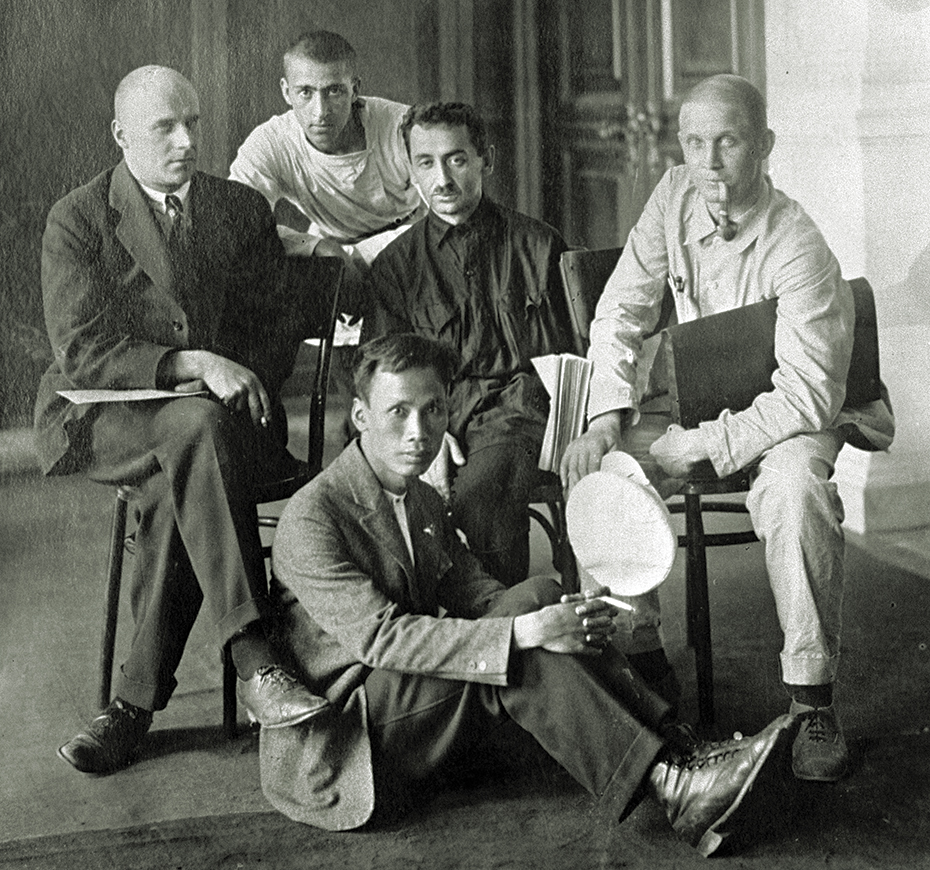
May 7, 1954 – The humiliating defeat of French forces at Dien Bien Phu by Ho Chi Minh’s Viet Minh independence fighters led to an agreement, signed July 21 in Geneva, partitioning the former French colony into a communist-controlled North and a democratic South. Inevitably, the United States—committed to NSC 68’s global containment policy, recently demonstrated in the Korean War at the cost of over 36,000 American dead—stepped forward to replace French imperialists and to create and defend a Southeast Asian democracy.
All of the dates listed above are important Vietnam War milestones, but they are not the most significant. To understand why, it’s necessary to first address the enduring but egregiously wrong “popular wisdom” about the war.
What Popular Wisdom Gets Wrong
Historians who claim the U.S. lost the Vietnam War due to a failed warfighting strategy are correct. However, they are wrong if they claim Vietnam was lost because Westmoreland adopted a conventional war strategy rather than a revolutionary war/insurgency strategy.
The communists did not win through a classic revolutionary guerrilla war of national liberation in which South Vietnam’s government was toppled by a widespread popular insurgency of disaffected citizens overthrowing a hated regime. Instead, the Vietnam War was a brutal war of conquest mounted by communist North Vietnam to overthrow South Vietnam’s democratic (and admittedly imperfect) government, initially by guerrilla warfare tactics, but ultimately by a conventional warfare invasion strategy.
From 1954 through 1968, North Vietnam pursued a military strategy incorporating guerrilla war tactics. That effort failed miserably. As early as 1966, Hanoi was forced to replenish its South Vietnamese Viet Cong cadres with northerners brought down via the Ho Chi Minh Trail running through Laos and Cambodia. The communists’ early-1968 Tet Offensive, which relied heavily on Viet Cong forces, was a military failure with catastrophic VC losses. In many places the offensive’s losses virtually eradicated the VC “infrastructure,” eliminating local political and administrative “shadow government” personnel.
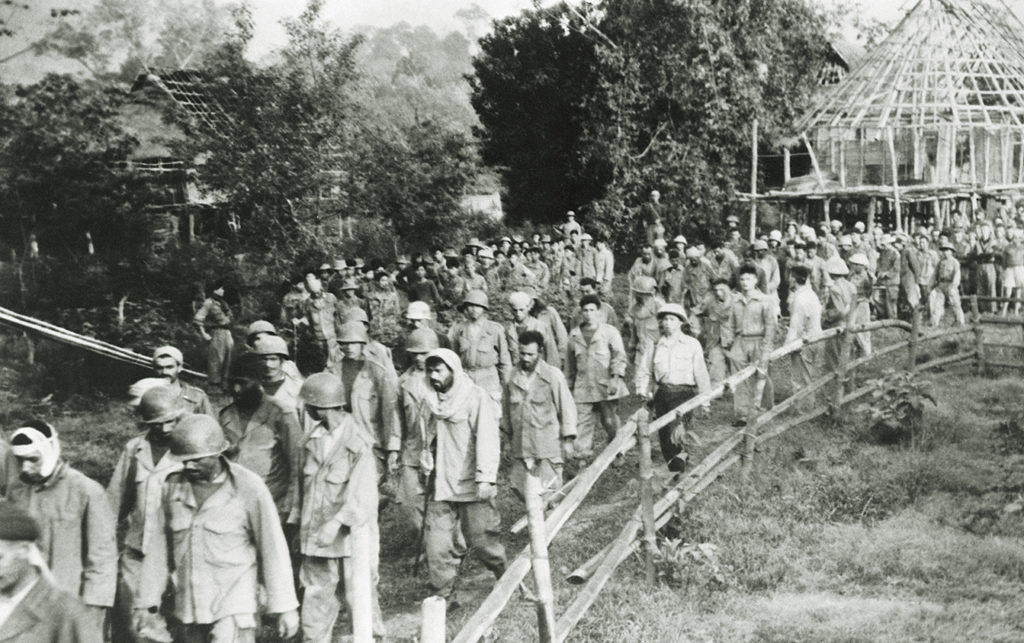
Committed to winning a decades-long war, Hanoi’s leaders simply changed their overall strategy and turned to outright invasions using overpowering NVA conventional forces (infantry, armor, artillery) to conquer the South. With U.S. combat forces still fighting in support of the Army of the Republic of Vietnam, this new strategy also initially failed. During Easter weekend in 1972, the communists launched a widespread infantry-armor-artillery offensive that achieved early successes, but beleaguered ARVN forces, bolstered by overwhelming U.S. firepower, rallied to totally crush the invasion, inflicting 100,000 NVA casualties.
However, in 1975—after all American combat forces were withdrawn and the U.S. had dramatically reduced financial support for South Vietnam’s military—a similar-sized NVA conventional force executed essentially the same invasion strategy, but this time conquered South Vietnam that April.
For purely propaganda reasons, Hanoi cynically argued that its conquest was led by South Vietnamese VC insurgents—claiming its 1975 victory was the triumph of a “revolutionary war of national liberation,” even though depleted VC ranks between 1968 and 1975 were increasingly filled by North Vietnamese troops filtering south and operating from sanctuaries in officially “neutral” Laos and Cambodia. Additionally, the January 1973 Peace Accords allowed thousands of communist troops to remain inside South Vietnam’s borders, pre-positioned to participate in the final assault.
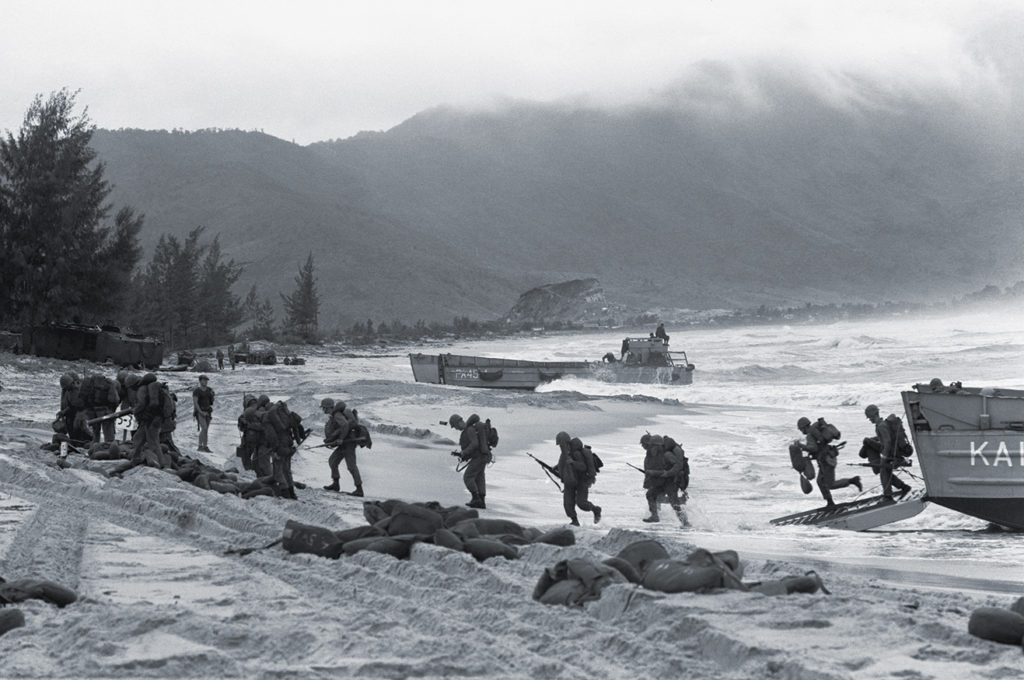
Facing overwhelming U.S./ARVN firepower throughout the war, North Vietnamese forces necessarily employed guerrilla tactics (including ambushes, hit-and-run attacks, sabotage, assassinations). To actually win the war, Hanoi abandoned its guerrilla strategy of fomenting insurgency and instead was compelled to turn to an invasion by conventional forces to overthrow the South Vietnamese government.
The North Vietnamese communist dictatorship was willing to pay any price in blood and treasure to ultimately conquer the Republic of South Vietnam. Significantly, Westmoreland, on the other hand, was never given the mission of winning the war, only of preventing the South Vietnamese from losing it—two profoundly different missions.
Contrary to popular wisdom, the war was lost due to a combination of failures in strategy, geographic ignorance and a lack of national will. Each of those three factors is associated with a date that marks a defining event inevitably leading to America’s defeat.
Strategy for Failure
Oct. 25, 1950 – America’s defeat in Vietnam was due to a fundamental error in judgment that has bedeviled military campaigns throughout history: refighting the last war. Political and military warriors leading American efforts in Vietnam based U.S. strategy on their last conflict: the 1950-53 Korea War.
America’s Vietnam War leaders were misled because of coincidental, superficial similarities. The Korean War was also fought in a divided Asian nation with a communist North, supported by China and the Soviet Union, attacking a democratic South backed by the U.S. Thus, American leaders assumed Vietnam was merely a rematch.
The date when the result of one president’s decision later compelled the U.S. to commit to a strategy doomed to fail in Vietnam was Oct. 25, 1950. On that day, in response to Truman’s fateful order a few weeks earlier to his theater commander in Korea, General of the Army Douglas MacArthur, to cross the 38th parallel dividing the two Koreas and invade North Korea, the first counterattacks against United Nations forces were launched by 300,000 Chinese troops.
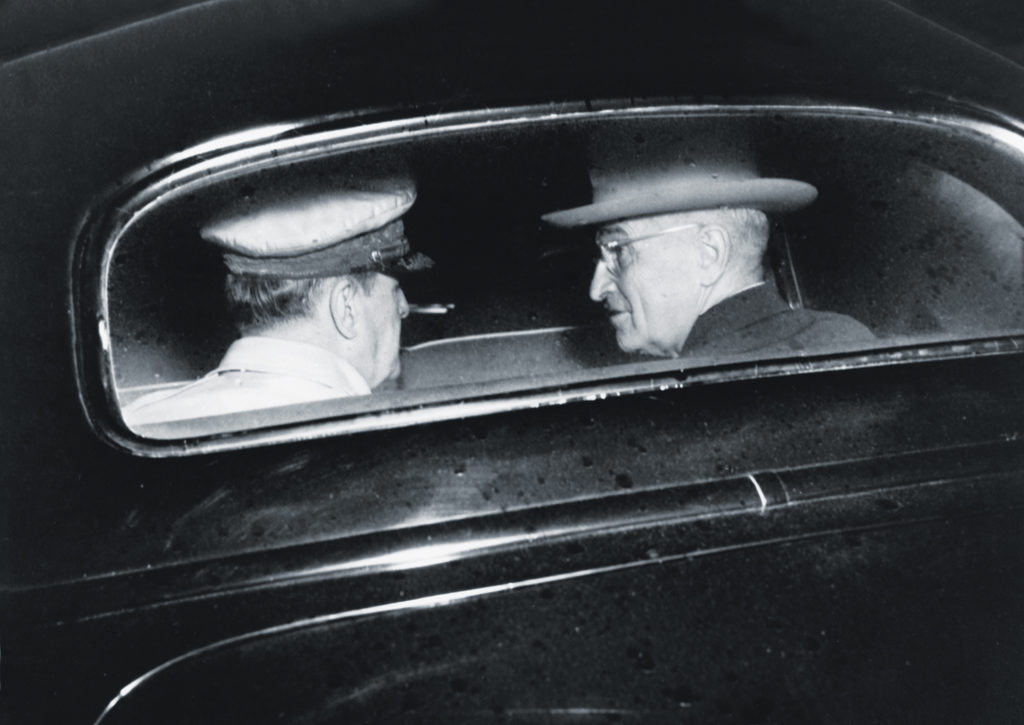
Suddenly, due to Truman’s misjudgment, Americans were in a major war with Mao Zedong’s communist China. For the remainder of the three-year-long Korean War, U.S./U.N. forces fought bloody, costly battles before the fighting finally ended in a stalemate with a July 1953 armistice
A decade later U.S. leaders, profoundly influenced by their woeful experience in Korea, were determined not to repeat that mistake in a new anti-communist Asian war. Fear of another Chinese intervention set the parameters governing U.S. ground combat operations in Vietnam. Primarily intended to give China no possible excuse to replicate its Korean War incursion, American ground combat was restricted to actions solely within South Vietnam. North Vietnam would be off-limits for ground forces—or even the threat of them—throughout the war.
Those restrictions did not apply to U.S. air operations. North Vietnam and the Ho Chi Minh Trail in Laos and Cambodia were bombed extensively, although the Hanoi area and the key port at Haiphong were not targeted until late in the war when it was too late to be decisive.
Restricting the ground war to South Vietnamese territory meant U.S. military commanders could never win the war outright. They could only keep South Vietnam from losing it, if possible. This was the defining strategic element in the U.S. defeat: American forces were confined to the strategic defensive. Although U.S. and ARVN forces did conduct offensive operations within South Vietnam, the U.S. permanently surrendered the strategic initiative to North Vietnam, which could totally control the tempo of combat by sending troops and war materiel southward whenever it wanted.
GET HISTORY’S GREATEST TALES—RIGHT IN YOUR INBOX
Subscribe to our HistoryNet Now! newsletter for the best of the past, delivered every Wednesday.
The result was a brutal, localized war of attrition that dragged on as long as both sides possessed the will to continue. Hanoi had the “weapons” it needed to continuing fight as long as it took to win: a ruthless disregard of heavy casualties and a tightly controlled population without the freedom to protest.
The Geography of Defeat
July 23, 1962 – Some critics of America’s strategy in Vietnam compare the failure there to successful campaigns against communist-led insurgencies elsewhere in Asia, most notably the British counterinsurgency victory in Malaysia (1948-60) and the defeat of the Hukbalahap Rebellion in the Philippines (1945-54). But victory over those insurgencies owed as much to the countries’ unique geographies as to innovative counterinsurgency tactics and strategy.
Malaya (today’s Malaysia) is nearly surrounded by water—the South China Sea and the Strait of Malacca. Only a narrow 65-mile-wide neck of land connects Malaya with Southeast Asia. The Philippines, an island nation, is surrounded by water—the Pacific Ocean and South China Sea. Government control over the sea and narrow land approaches helped those countries strangle their insurgencies. Their much-vaunted counterinsurgency strategies were essentially irrelevant as the insurrections died on the vine.
The South Vietnamese government, however, had only the South China Sea on its eastern/southern border as a buffer. It shared a long, highly vulnerable land border with Laos and Cambodia all along its western side—the Achilles’ heel of U.S.-South Vietnamese efforts to defeat the North Vietnamese invaders. The Viet Minh fighting the French and later NVA-Viet Cong forces attacking South Vietnam occupied remote jungles in eastern Laos and Cambodia. They used them as marshalling bases and access routes for funneling troops, ammunition and equipment from North Vietnam into all regions of the South.
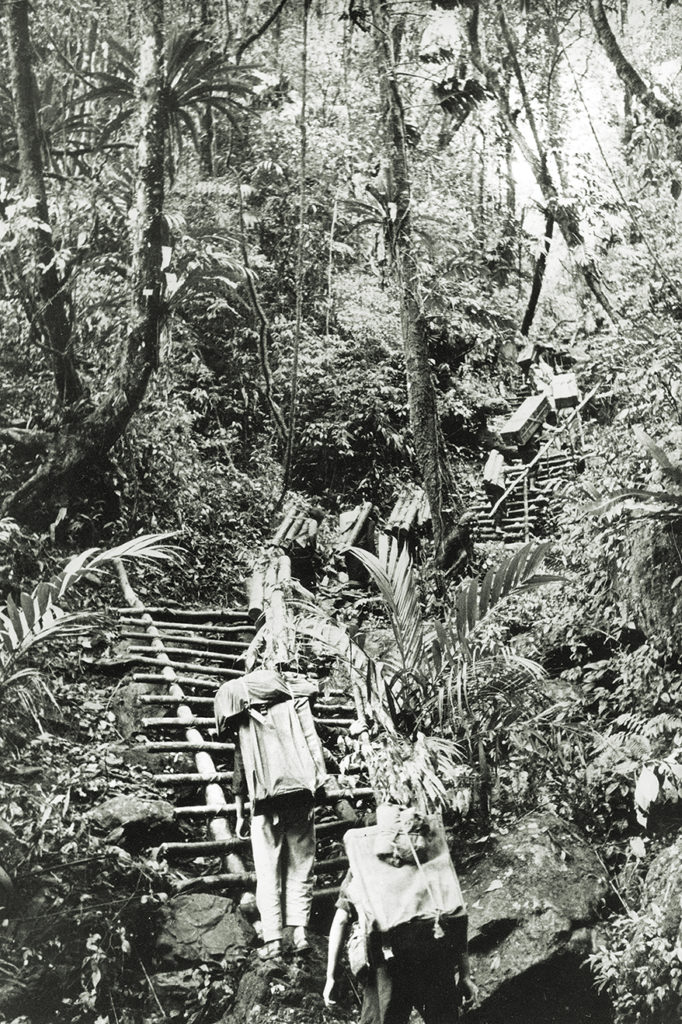
This intricate network of footpaths and dirt roads, called the Ho Chi Minh Trail system, was literally the communists’ “highway to victory.” If the Americans and South Vietnamese could stop the movement of troops and materiel down the trail, communist military operations in South Vietnam would be doomed. With the trail open, however, Hanoi could prolong the war as long as it wished, control its tempo and eventually win.
On July 23, 1962, that geographical “win” for North Vietnam was assured when Kennedy administration negotiators signed the International Treaty on the Neutrality of Laos with 13 other nations pledging “to respect” the “sovereignty, independence, neutrality, unity and territorial integrity” of Laos, which was in the midst of a communist insurrection. The other signatories included China, the Soviet Union, North Vietnam and South Vietnam.
Years before the treaty was signed, the NVA had occupied areas of eastern Laos and Cambodia. After the document was signed, the North Vietnamese expanded their control and further developed the Ho Chi Minh Trail.
More than any other event, the Laos treaty all but guaranteed that the U.S. would eventually lose the Vietnam War. Efforts to overcome the treaty mistake through major U.S./ARVN incursions into Cambodia in 1970 and Laos in 1971 were too little and years too late.
The Death of U.S. Will
July 1, 1973 – Despite strategic and geographic failures, there remained as late as 1973 a slim chance that America’s national will—the inherent spirit to overcome adversity and eventually triumph —might win out and prevent a communist takeover of democratic South Vietnam. Failures in war-fighting strategy and missteps in redressing geographic disadvantages might have been overcome if Americans had retained faith in the mission to save South Vietnam from communist aggression.
The deterioration of the American public’s willingness to persevere and win in Vietnam, as reflected in the resolve of its elected leaders, was not precipitated by a single, specific event. It eroded over time.
Even so, one event, in particular, was a serious blow to public support for the war: The communists’ Tet Offensive, which began Jan. 30, 1968, struck military bases and cities throughout South Vietnam. Although the attackers suffered a military defeat with heavy losses, the extensiveness of the assaults and high U.S. casualties came as a shock to many Americans.
There were also “doom and gloom” press reports and commentary that had demoralizing effects on the public. Support for the war, already declining in Gallup opinion polls, dropped to 40 percent in the months after Tet, compared to 50 percent a year earlier, and never recovered.
The real dagger in the heart of the country’s national will was congressional passage of the Case-Church Amendment, signed into law on July 1, 1973. Named for principal sponsors Republican Sen. Clifford P. Chase of New Jersey and Democratic Sen. Frank Church of Idaho, the amendment (attached to a bill funding the State Department) prohibited further U.S. military involvement in Vietnam, Laos and Cambodia without specific prior approval by Congress. This was, in effect, a death sentence for the Republic of Vietnam.
The Nixon Question
Although defeated in 1972 when first proposed, the Case-Church Amendment was reintroduced in January 1973 and passed in June. President Richard Nixon, politically hamstrung by the ongoing Watergate fiasco—springing from the June 17, 1972, break-in and burglary at the Democratic National Committee headquarters in the Watergate office building—was unable to prevent its passage. The Case-Church Amendment was followed by the crippling November 1973 War Powers Resolution severely limiting the president’s ability commit military forces to combat.
Support for the war, already declining, dropped to 40 percent in the months after Tet, compared to 50 percent a year earlier, and never recovered.
Arguably, Nixon still had the power to overcome such congressional obstacles and possibly “snatch victory from the jaws of defeat” if he had still been president in 1975 when North Vietnam invaded South Vietnam. Nixon, technically, could have been legally and fully justified in employing overwhelming U.S. air and naval firepower to protect South Vietnam and enforce provisions of the January 1973 Paris Peace Accords, egregiously violated by North Vietnam’s unprovoked invasion.
Nixon knew that the Paris Peace Accords were meaningless unless backed by American military power if necessary, according to his national security adviser and later secretary of state, Henry Kissinger. In his 1994 book Diplomacy, Kissinger explained: “We [he and Nixon] took it for granted that we had the right—indeed, the responsibility—to defend an agreement in the pursuit of which 50,000 Americans had died…Terms that will not be defended amount to surrender…Nixon and his key advisers announced their intention to defend the agreement on innumerable occasions [emphasis added].”
Without U.S. military power backing up the treaty, the Paris Peace Accords amounted to mere words on paper. Congress, controlled by politicians committed to ending the war, focused its attention on Nixon’s presidency rather than on the struggling Republic of Vietnam facing obliteration by communist North Vietnam.
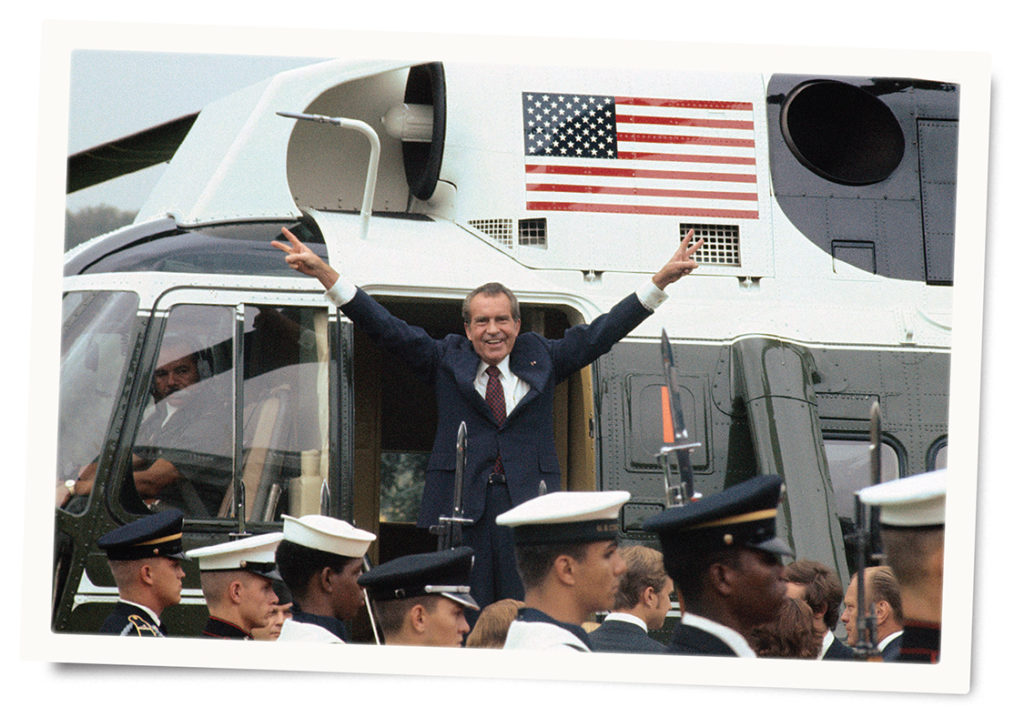
Weakened by the Watergate scandal and facing inevitable impeachment and Senate conviction, Nixon was forced to resign. After he left the White House on Aug. 9, 1974, his successor, Gerald R. Ford, politically crippled by being an appointed vice president after elected Vice President Spiro Agnew was forced to resign in a corruption scandal, was neither inclined to nor had the political standing to order the U.S. military back to South Vietnam.
Three Factors
The final vestige of America’s national will to save the South—an effort that killed 58,000 Americans and millions of Vietnamese—died on Aug. 9, 1974, when Nixon boarded the presidential helicopter for the final time.
Incompetent strategy, ignorance of geography and a lack of national willpower combined to hand the communists running North Vietnam a victory in a war that was, at its beginning, America’s to lose.
The next time you hear someone blathering about why or, in particular, when the U.S. “lost” the Vietnam War, ask them about Oct. 25, 1950; July 23, 1962; and July 1, 1973. After noting their blank stares, explain it to them.
Jerry Morelock is senior editor of Vietnam magazine.
This article appeared in the Winter 2023 issue of Vietnam magazine.
historynet magazines
Our 9 best-selling history titles feature in-depth storytelling and iconic imagery to engage and inform on the people, the wars, and the events that shaped America and the world.




